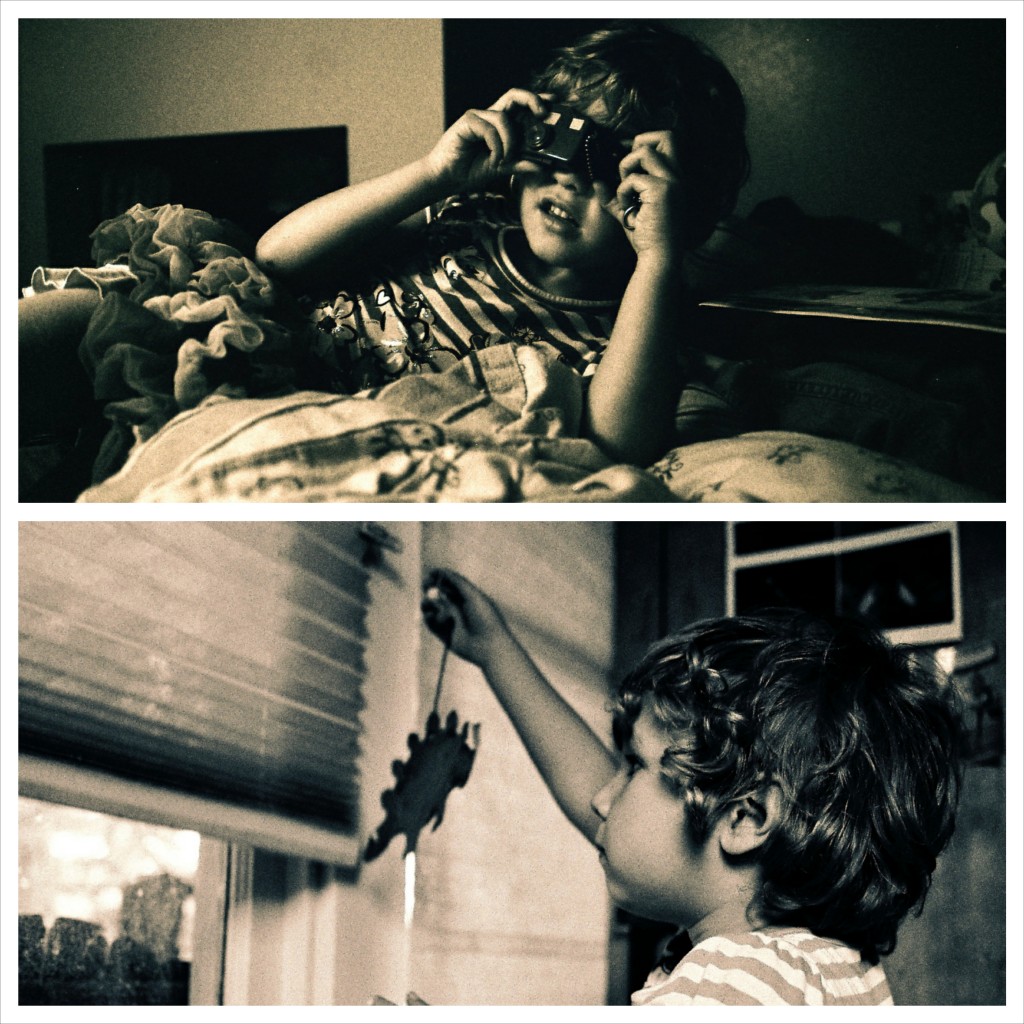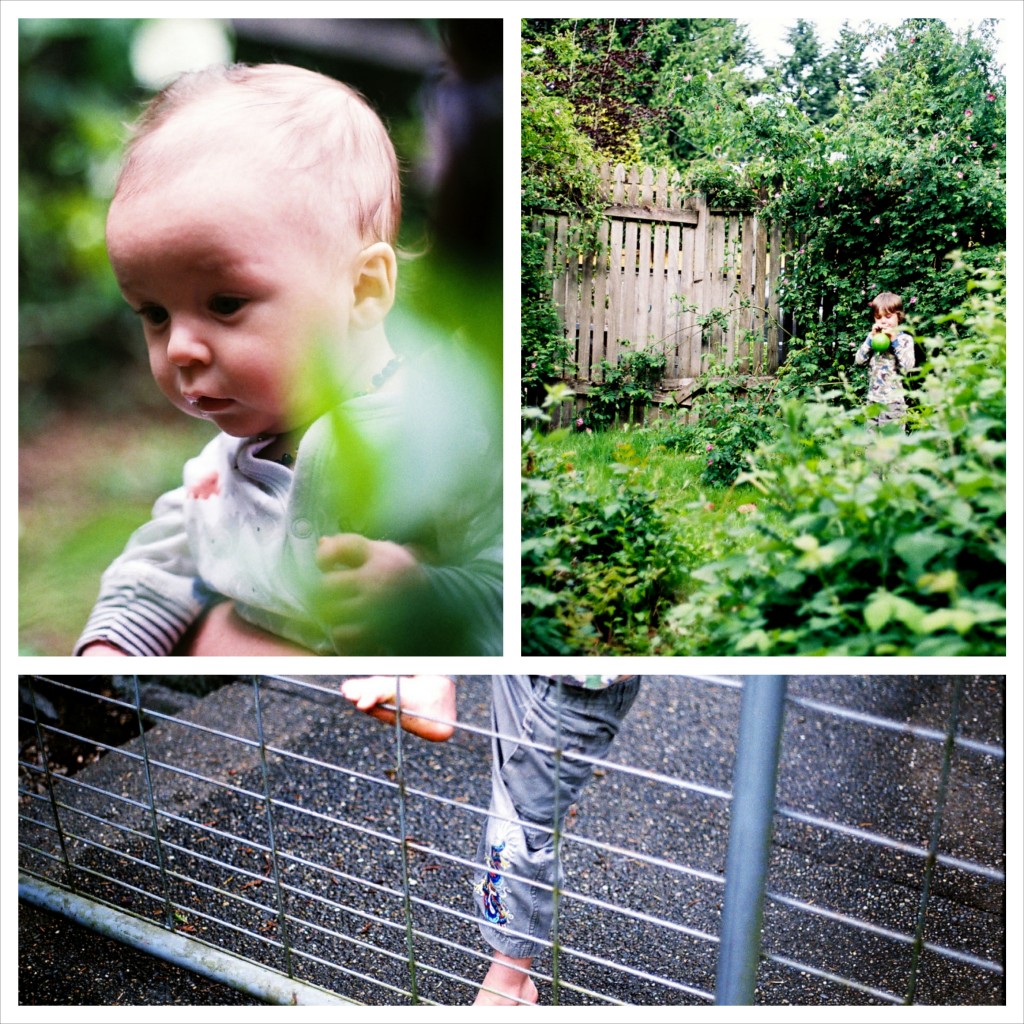I just picked up the last of my photos to be developed, and was able to sit down and look at my complete body of work for the quarter. I have to say, I was very blessed to photograph families that allowed me to capture their children at play. I was prepared to take some completely posed pictures at the families request, but all of them were fine with my taking candid portraits and I am very satisfied with the results.
This quarter I shot with black and white film for the first time. I instantly fell in love with the nostalgic presence of black and white film, the harsh yet creamy effect that it has on the subject being photographed and the development process.
I have also taken time to explore photoshop – something that I had never allowed myself to do before. I believed that my photos should be able to stand on their own, without digital manipulation. This quarter I have learned that I can take high quality photos without needing editing using high quality film and good lighting – but there are times when a photo benefits from a little manipulation (WordPress isn’t allowing me to post the before/after photo due to reaching my 100MB limit. Seems unlikely that I’ve used that much space, hmm…)
I began the quarter with anxiety and doubt in my ability to capture good photographs on the spot, in a scheduled shoot. I have learned a great deal about taking myself seriously as an artist, being confident in scheduling times and places to shoot, and having faith that through exploring new boundaries with photography and doing my best in the moment I will capture beautiful moments.
This week I have been pondering on how to best display my photos, and inspiration is coming to me in pieces. Today is dedicated to bringing it all together.
Thank you all for a wonderful quarter, and a wonderful program to start my life as a student at Evergreen.



